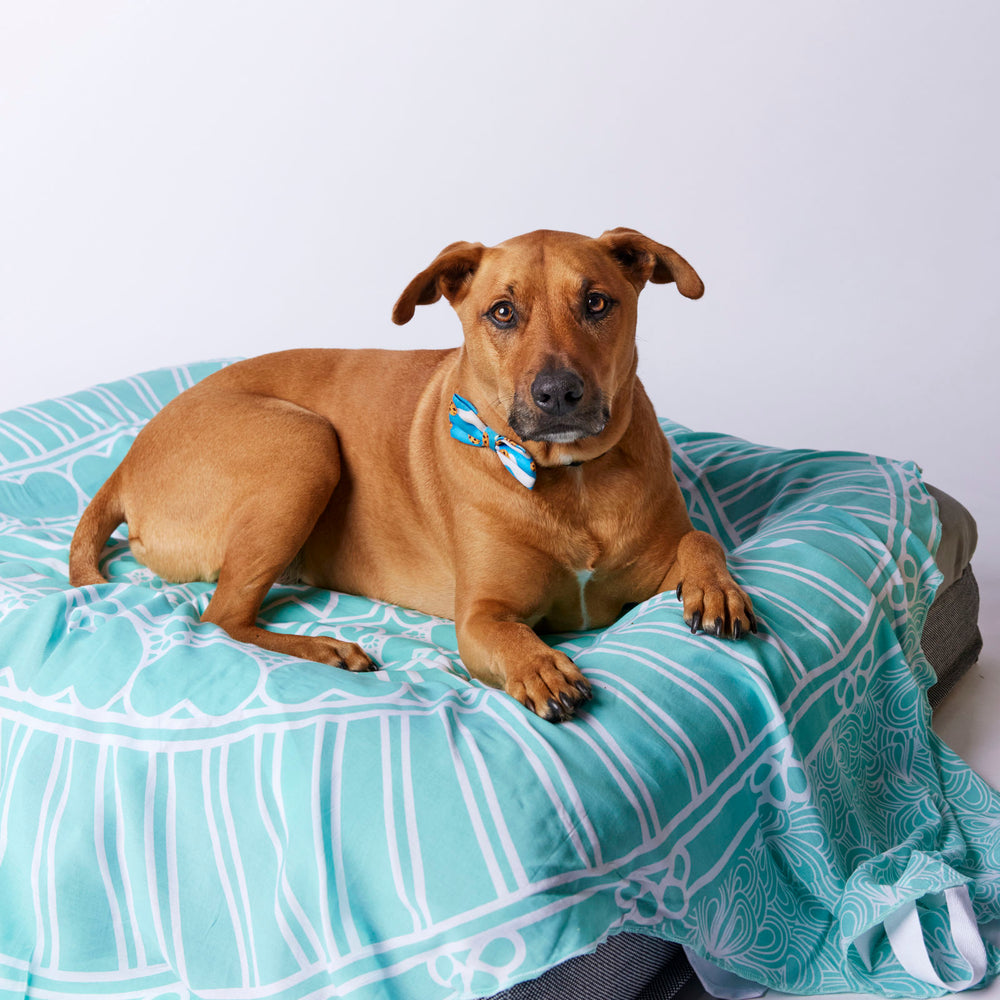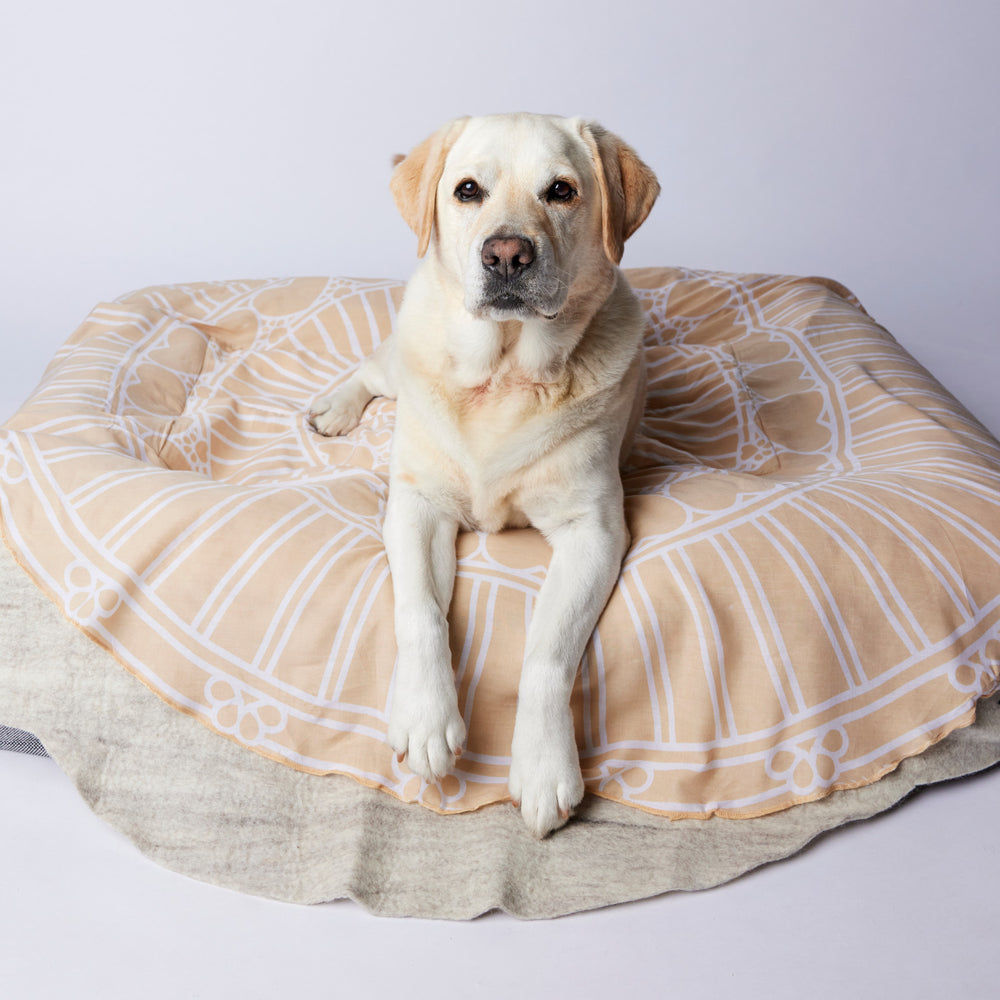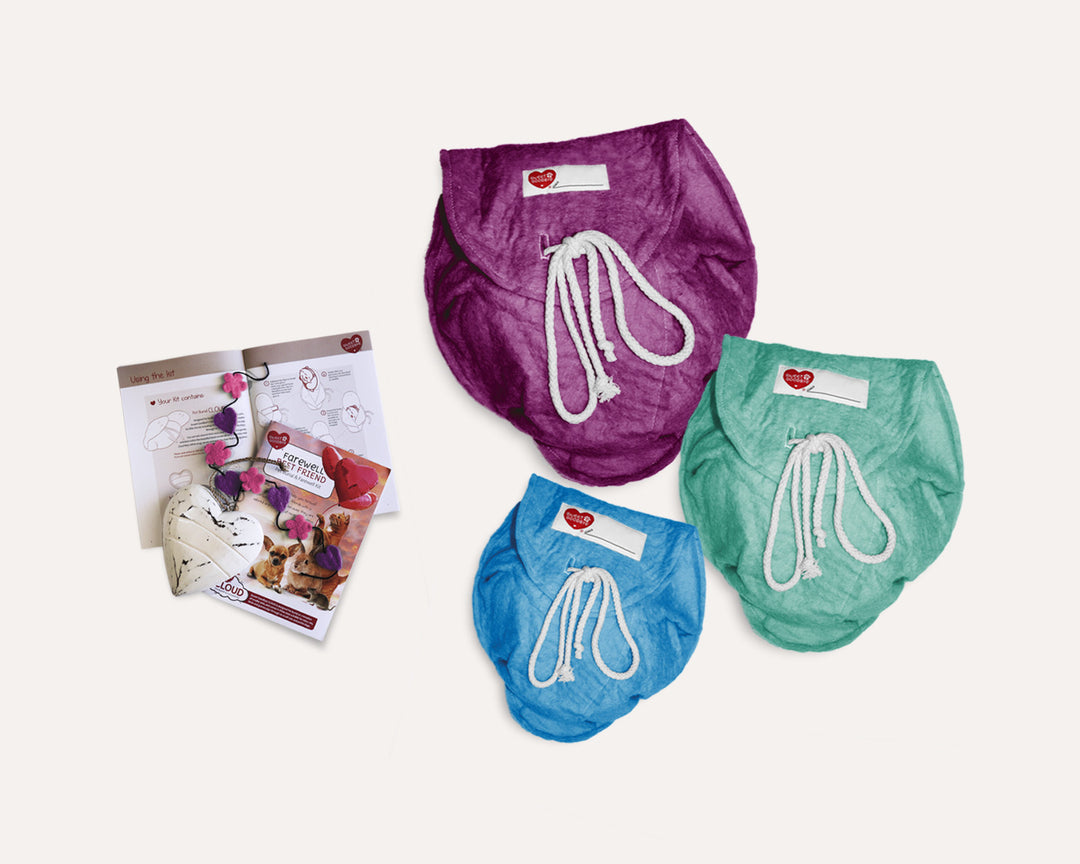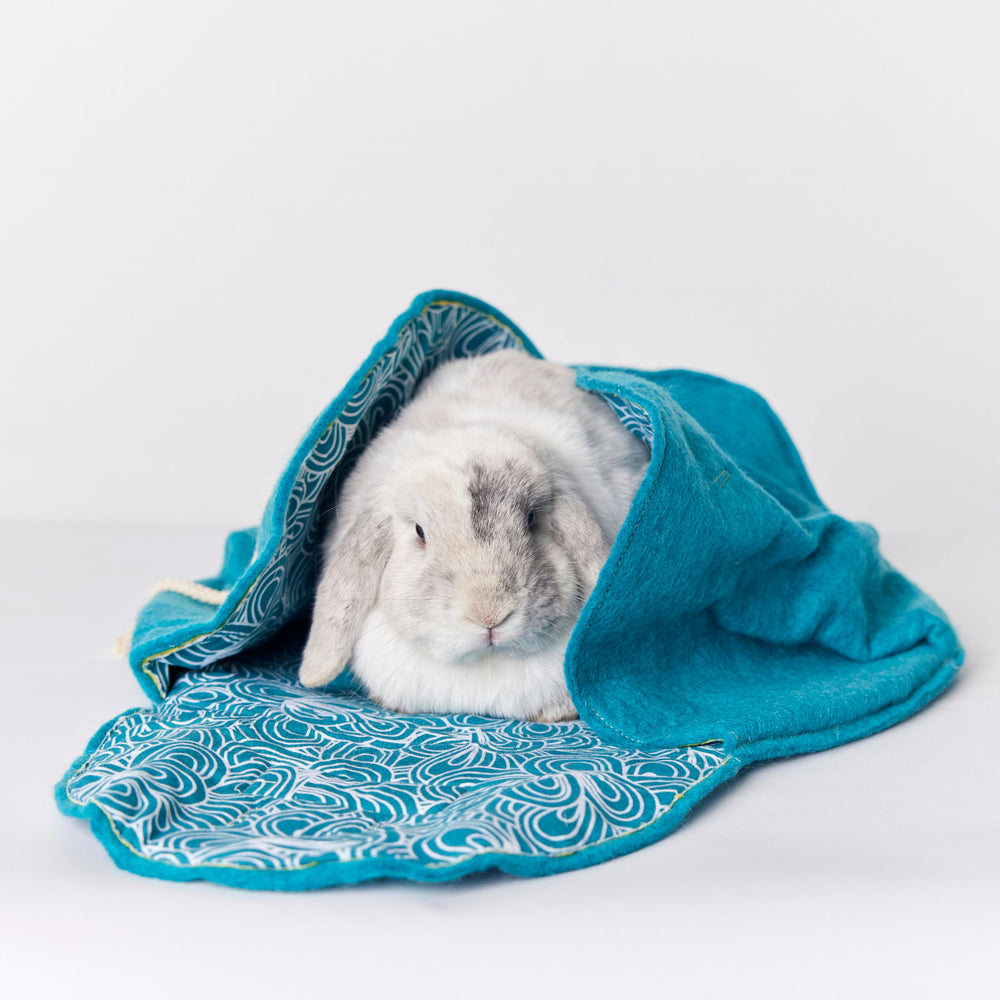12 Interesting Pet Facts You May Not Have Known!

Did you know that cats have a special collarbone called the "floating collarbone" or "free floating clavicle"? It's not attached directly to the shoulder blades like humans - allowing more freedom of movement in their front legs, and giving them much more flexibility and agility than other pets!
Animals have a lot of different quirks and features that you may have never known before (#3 is definitely one of our favourites!) - and after the team all shared their best pet fun facts last week over a lunch break, we thought they were good enough to have a permanent place on the blog! So - without further ado, here's out 12 pet fun facts to keep in your back pocket for when you need them!
#1 Cats and Dogs Have Belly Buttons!
Cats and dogs are like humans and receive nutrients in the womb through the umbilical cord. When a pup or kitten is born the mother would chew off the chord leaving a stump that eventually falls off leaving a scar. It can be found near the base of their rib cage. However, it’s not easy to find and can sometimes be almost invisible.
#2 Cats and Dogs Have Their Own Version of a Finger Print: Their Nose!
Every dog and cat nose print has a unique pattern, much like a human fingerprint. Maybe keeping nose prints could be an alternative to micro-chipping in the future!
#3 Dogs Do Their Business According to the Earth's Magnetic Field!
It is unknown why, but dogs seem to have an innate ability to sense Earth’s magnetic field and align themselves with it when they poop (who knew!). A study has found that when a dog poops, it aligns itself along the north-south axis. There doesn’t seem to be any particular reason or scientific explanation, but if you're wondering if your dog has positioned themselves to look at you while they do their business, maybe you just happen to be facing north!
#4 Cats Purring Can Stimulate Endorphins and Reduce Stress
Whilst dogs show their happiness through wagging their tails, cats communicate their happiness by purring (but they also purr to self soothe if they are stressed!).
The frequency of a cats purr, between 25 and 150 Hertz, has also been associated with the promotion of healing and some pain relief. Studies suggest that exposure to a cat’s purr can stimulate the production of endorphins and reduce stress in both cats and humans.
#5 Dogs and Cats Have Sweat Glands On Their Paws
Both cats and dogs have sweat glands on the bottom of their paws, but not many of them! Because they have far fewer than humans, they only produce a very small amount of sweat and are therefore not very effective in keeping themselves cool.
#6 Dogs Can Understand Human Emotion
Dogs can actually recognise six basic emotions – anger, fear, happiness, sadness, surprise and disgust. So, if you are keen to hide your emotional state – steer clear of your dog. Not only can they recognise facial expressions, they can sniff out human emotions too!
#7 Cats Will Always Land On Their Feet
Cat's have what's called a righting reflex - which is a sequence of coordinated movements involving head and limb rotation enabling the cat to land on its feet. Its an automatic response when they fall and they begin to use it from about 3 weeks of age and master it by the time they are 7 weeks old. No wonder they have nine lives!
#8 Dogs Sense Of Smell is Impressive (Like, Really Impressive)
A dog’s sense of smell is 10,000 to 100,000 times more acute than a human. For every scent receptor a human has, a dog has 50. When compared to cats, a dog has 300 and cats 200. That said, recent studies indicated that cats could distinguish between similar scents better than dogs.
#9 Cats Can Talk (Kind Of!)
Yes, cats can talk. They have a diverse range of vocalisations, each serving a different purpose. Dogs primarily bark, cats however can purr, meow, chirp and trill. Each sound has its own meaning allowing them to communicate with other cats and their humans.
#10 Pets Can Get Whisker Fatigue
Both cats and dogs have whiskers which are highly sensitive touch receptors. They help them navigate around and sense change in air current. However, their whiskers touch something too much they can experience whisker fatigue. The biggest culprits of whisker fatigue is deep food and water bowls.
#11 There's Different Tail Wags For Different Things (and Breeds!)
Different breeds have different wags. For example - Beagles hold their tails more upright whilst Greyhounds tend to curl their tails under their bellies and Pugs have tails that coil tightly and don’t wag at all.
Even more interesting though is that studies have shown that when dogs' tails wag more to the right if they are happy and to the left if they are anxious. This suggests that dogs may have a left-brain/right-brain bias similar to humans!
#12 Cats Have Long Hairs That Help Gauge Openings
Vibrissae are a type of stiff functional hair that most mammals have and generally found on their face. Cats however also have these same vibrissae on the backs of their front legs. It is thought that these hairs help cats gauge the width of openings, aiding in their ability to navigate tight spaces.
Have any more fun facts to share with the team? Let us know!









